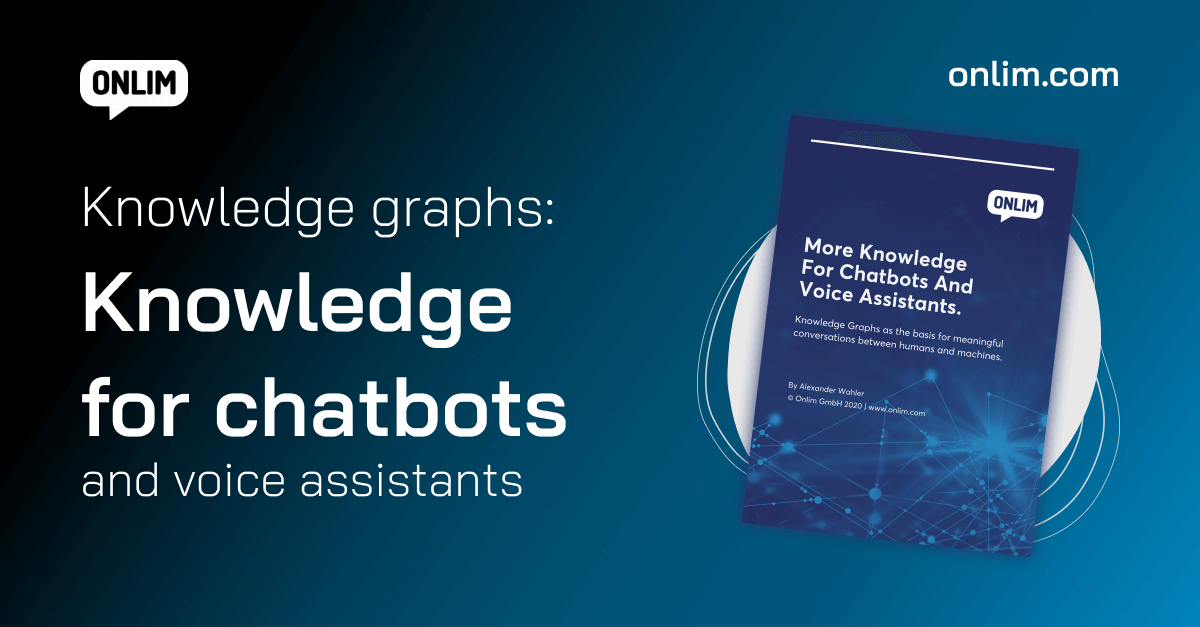6 Mistakes To Avoid When Implementing AI In Customer Service
Guest post by Katherine Rundell.
Developments in artificial intelligence (AI) and machine learning (ML) are enabling increased automation in customer service. By allowing bots to take on the bulk of customer service interactions, your customers can get instant support and highly personalized responses which draw on their data. This leaves your employees free from mundane tasks and empowered to deal creatively with the challenges computers aren’t tackling.
However, an influx of AI in customer service has left organizations open to several pitfalls. AI is a solution to certain problems, but a measured approach is needed when implementing it in customer service. Let’s take a look at six of the biggest mistakes your company can make when implementing AI in customer service – and how you can avoid them to provide flawless customer service every time.
What Common Mistakes Should Be Avoided When Implementing AI In Customer Service?
1) The Absence Of A Personal Touch
When AI is implemented in customer service, it’s possible for customer satisfaction to increase. Quicker responses and comprehensible solutions lead to positive outcomes in customer service. However, customers also feel valued when they’ve received a personal touch. And automation in customer service can create mechanical processes that leave customers feeling cold.
Nowadays AI is more than capable of providing a personalized experience that matches that of a human customer service representative. So organizations should exploit this as much as possible. AI can utilize customer data to tailor product suggestions or modify its language and tone based on previous customer interactions. Don’t lose the personal touch.
2) Not Gauging AI’s Performance
Artificial intelligence is just another digital tool your organization can implement. Like any other piece of software or technical system, you should also be measuring its performance at defined intervals. However, many organizations either fail to assess the performance of their AI tools entirely or select the wrong methods and metrics for appraising that performance.
Often, AI is implemented to perform the work of a human. When AI takes on the role of customer service, its performance should be evaluated in the same way a human employee would be. Successful implementation of AI should leave your customers no less satisfied than if they’d interacted with a human representative. Therefore, AI should be measured as such.
Learn more about how to measure the success of your chatbot in this article.
3) Needless Automation
The power of AI to automate almost every act of an organization’s processes can make it tempting to take a blanket approach. However, before a process is automated it should be assessed through a cost-benefit analysis to see whether it is really necessary. Automating processes just for the sake of it will lead to problems later on. Human processes should be reserved for some customer interactions, such as complaints that could lead to litigation.
By the way, if you’d like to learn more about how to improve the understanding of chatbots with knowledge graph technology, check out our whitepaper.
More Knowledge For Chatbots And Voice Assistants

4) Not Training The Staff
When organizations begin automating processes it can take the bulk of mundane, rule-based interactions out of the hands of customer service agents. This has a dual effect – on the one hand, by removing boring work employee wellbeing can be preserved as they focus on the tasks that require creativity and nuance. At the same time, staff can also end up feeling burnt out when their work becomes more challenging.
As AI takes on the bulk of trivial customer service interactions, ensure you provide the necessary training to your staff to prepare them for greater challenges in their role. Work with your agents to understand which processes can be automated and how they respond to what’s left over.
5) Automating Social Interactions
Implementing chatbots to manage customer interactions is a powerful way of providing better customer service in rapid time. It can be tempting, in light of this, to apply an automated approach to more customer interactions such as those on social networks. There are bots that can reply instantly to tweets, tags, and other such social touchpoints.
However, going overboard on social network automation can be a recipe for disaster. For one thing, platforms have limited tolerance for bots on their networks and if your social channel acts too much like a robot it could be banned. Secondly, because these interactions take place in a public eye, a lack of personality can damage your brand.
Also interesting: Essential Tips To Improve Your Chatbot
6) Forgetting To Monitor And Maintain Your AI
For many organizations, the beauty of implementing AI is that it eliminates the need for human operatives. This is a fallacy that forgets the nature of AI – as it is built by humans it requires maintenance and monitoring for it to perform effectively. Make sure you have personnel tasked with improving the performance of your AI. This is especially important as more sophisticated AI is merged with your customer service operations. As complexity grows, so do the potential risks.
Conclusion
AI can be used to provide improved customer service and to strengthen your brand in each of these interactions. By avoiding these common mistakes when implementing AI in customer service you’ll ensure a flawless customer experience, every time.
Author bio:
Katherine Rundell is an AI writer at Paper Writing Service. She has been writing about the cutting edge of technology and how it interfaces with business performance since the late ‘90s.
Retrieval Augmented Generation (RAG)
July 10th, 2024|
Is a voicebot right for my company?
June 18th, 2024|
What is Generative AI?
June 11th, 2024|



